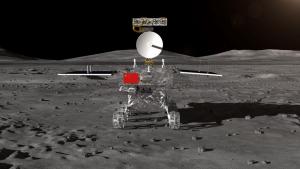What’s New
7 January 2019
ITER news digest for the period of 31 December 2018 to 7 January 2019.

ITER Business Forum: register now


Désolé, cette page n'existe pas en français.

